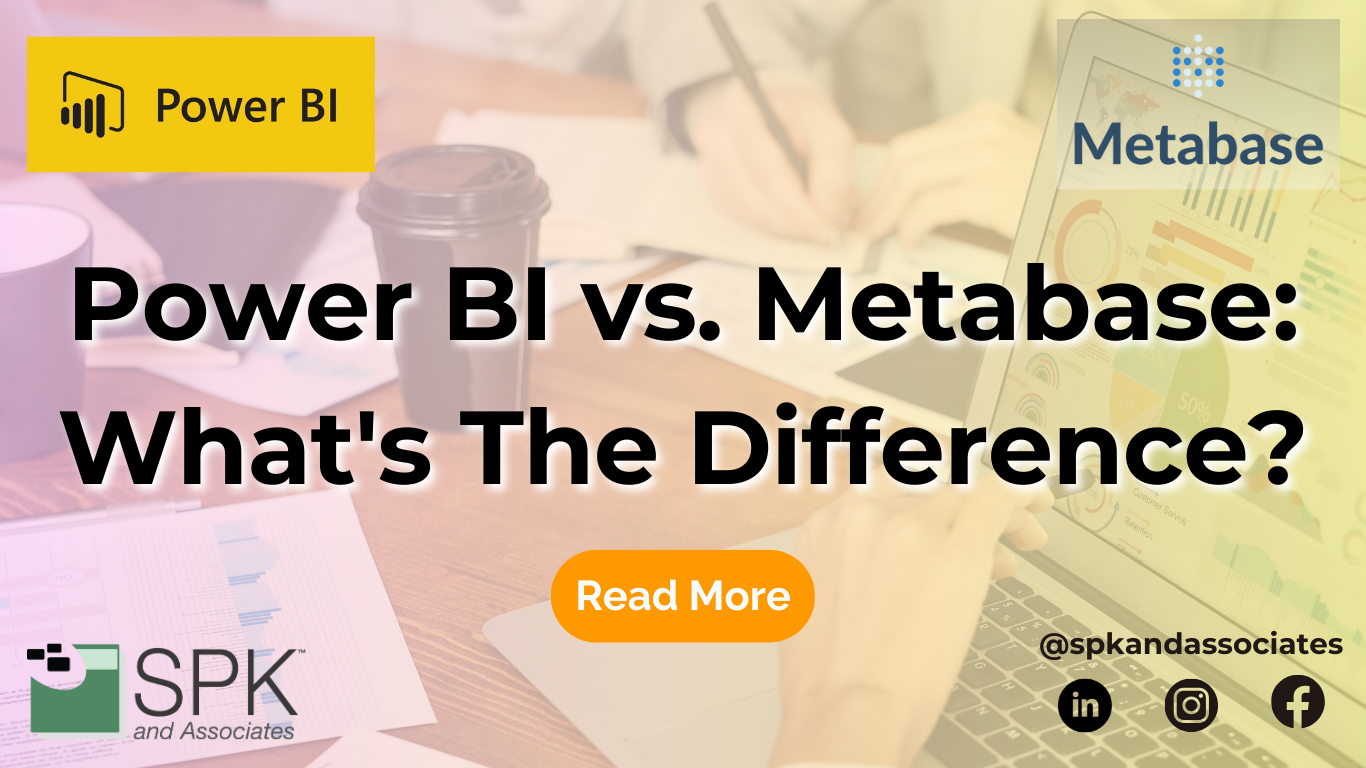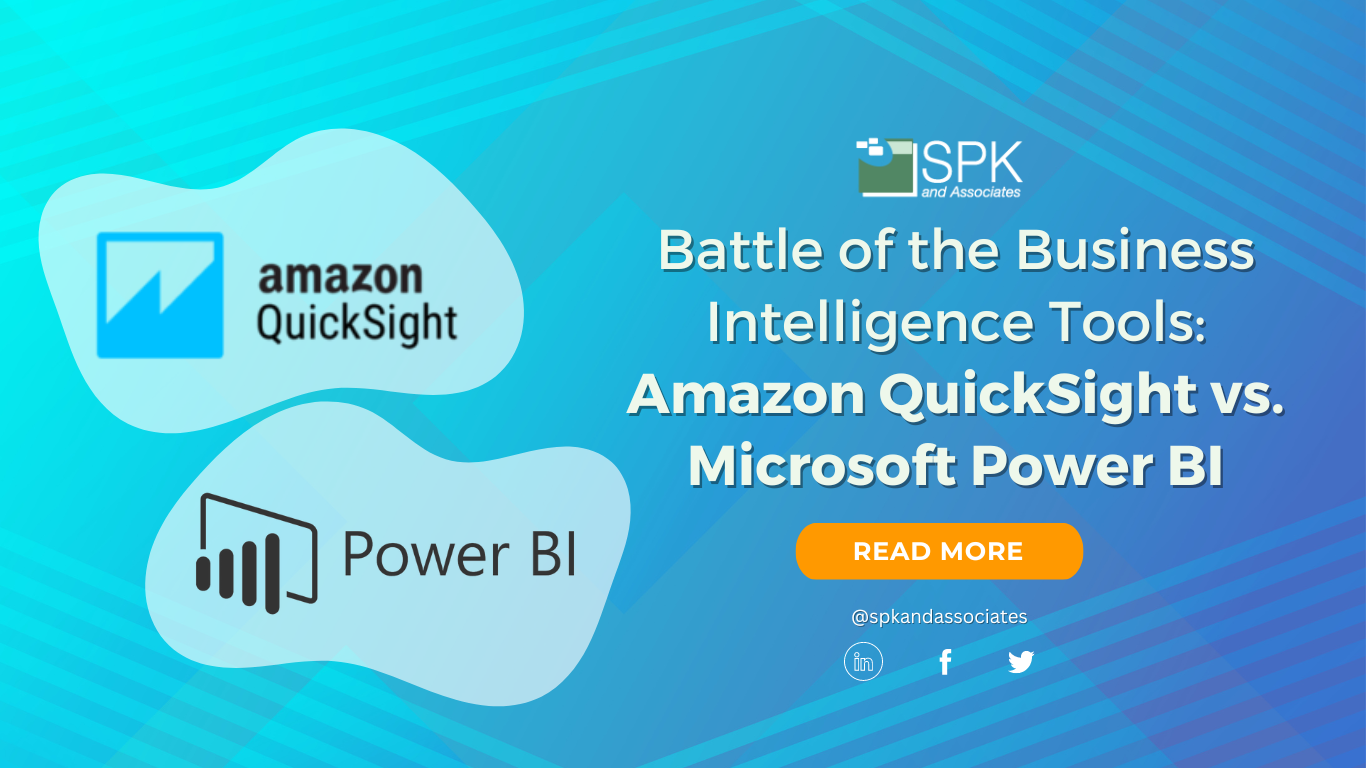The ability to harness and effectively communicate the insights hidden within a company’s data has become a crucial skill for organizations. In a blog post from 2022, I explored the topic of storytelling through data utilization. This fusion of data analysis with narrative storytelling is known as data storytelling. It has emerged as a potent strategy for intelligibly conveying complex information in a way that captivates an audience. Over the years, I’ve used this strategy to articulate and support my recommendations to a multitude of business leaders. With the right data analytics tools, businesses can transform raw data into compelling narratives that drive strategic decisions and actions. Not to mention, it makes you look good in front of those who haven’t been able to spend the time looking at data in depth.
The Power of Data Storytelling
Data storytelling is more than just charts and numbers. It’s about weaving a narrative that resonates with its audience, grounding complex data insights in relatable contexts. This practice combines the quantitative rigor of data analytics with the qualitative, empathetic appeal of storytelling. The result being data-driven narratives that not only inform but inspire action. Let’s share a story I’ve told before to exemplify the power of data points.
Data Storytelling in Action
Several years ago, a current client faced a daunting challenge. Their software development cycle was slow, bogged down by inefficiencies, and plagued by frequent errors that led to customer dissatisfaction. Data collected over six months before they began working with SPK revealed an ugly truth their leaders wouldn’t blamelessly admit to each other. The average time from code commit to deployment was 45 days, with a staggering 60% of releases requiring hotfixes post-deployment. The data painted a clear picture of a process in dire need of optimization. In response to this, SPK made some recommendations. These were tool changes for a robust CI/CD pipeline, integration automated testing, several process changes, and personnel relocation to align with the new processes implemented.

Results of Leveraging Data Analytics
6 months later, the data told a new, triumphant story. The time from code commit to deployment had been slashed to an impressive 5 days, and the rate of releases requiring hotfixes plummeted to just 10%. This marked improvement not only boosted customer satisfaction but elevated the team’s morale. Through the lens of data, this company had not only identified their weaknesses but had turned them into their greatest strengths.
This story emphasizes how vital data storytelling can be to an organization. Data storytelling’s importance stems from its ability to make data accessible to all, regardless of their expertise in data analysis. In the example above, only technical people knew the real issues at hand and didn’t want to articulate them to leaders in non-technical roles. By contextualizing data within a story, these leaders understood the key insights, trends, and implications that might otherwise be overlooked in raw datasets. This approach not only democratizes data but also enhances decision-making across all levels of an organization, regardless of technical background.
The Role of Analytics Tools in Data Storytelling
When it comes to effective data storytelling, data analytics tools are the backbone. These tools enable organizations to sift through vast datasets, identify patterns, and extract meaningful insights. From advanced data processing software like Hadoop and Apache Spark to intuitive visualization platforms like Tableau and Power BI, the right tools can significantly streamline the data storytelling process.

Moreover, the evolution of AI and machine learning technologies has introduced a new dimension to data analytics. AI-driven tools like ThoughtSpot and augmented analytics platforms offer the ability to perform complex analyses with minimal input. This helps identify trends and insights that might not be apparent to human analysts. These technologies not only expedite the data analysis process but also enhance the depth and accuracy of the insights derived.
For some companies, their data will never come from “behind the firewall”. Whether it’s compliance needs, cybersecurity concerns, or a general fear of cloud platforms, some companies have policies that ensure important data never leaves their network. In those situations, we need to turn to more traditional data analytics platforms.
Data Analytics Tools: Power BI, Metabase, Tableau
From a traditional perspective, tools like Microsoft Power BI, Tableau, and Metabase have the ability to use localized data that’s in an on-premise environment. These tools play a pivotal role in the art of data storytelling. They transform complex datasets into compelling visual narratives that can be easily understood by diverse audiences. By leveraging these powerful platforms, data storytellers can create interactive charts, graphs, and dashboards that illuminate trends, patterns, and insights hidden within the data.
You want to ensure you tell the right story with your data, so proceed with caution. Ensure your team has multiple reviews of any reports or visualizations that you plan to use to tell the story. I’ve seen this backfire when briefing leaders or decision-makers due to unintended consequences of the data or reports presented. To help prevent this, SPK provides Power BI training services which help support the understanding of what works and what doesn’t when it comes to these types of conversations. When used correctly, these data visualization tools are indispensable for organizations aiming to harness the full potential of their data, enabling them to convey meaningful stories that drive innovation, strategy, and change.
Integrating Data Across Systems
One of the challenges in data storytelling is dealing with data siloed across various systems like CAD, PLM, CRM, and ERP. Effective data storytelling requires a holistic view of data, necessitating the integration of these disparate systems. By leveraging data analytics platforms that can connect to and harmonize data from multiple sources, businesses can ensure that their stories reflect a comprehensive understanding of their operations, customer interactions, and market dynamics.

Due to us having a data engineering practice, we get to see how businesses can leverage big data to their advantage. By helping companies integrate data analytics tools and techniques into their operations, we enable our clients to unlock the full potential of their data. This not only facilitates better decision-making but also allows businesses to craft compelling data stories that can guide strategic initiatives and foster growth.
The Future of Data Storytelling
As businesses continue to recognize the value of data storytelling, the demand for sophisticated analytics tools and skilled data storytellers is set to rise. The integration of AI and machine learning technologies, in particular, offers exciting possibilities for enhancing the depth, accuracy, and accessibility of data-driven narratives. From predictive analytics to natural language processing, the future of data storytelling lies in leveraging these advanced technologies to tell even more compelling, insightful, and action-inspiring stories.
In conclusion, the marriage of data analytics tools with narrative storytelling techniques presents a powerful means for businesses to navigate the complexities of big data. By transforming raw data into stories that resonate, organizations can illuminate pathways to innovation, efficiency, and strategic success in an increasingly data-driven world. In the event you need help with organizing your data to tell a story, our team of experts is here to help. Contact us today.








